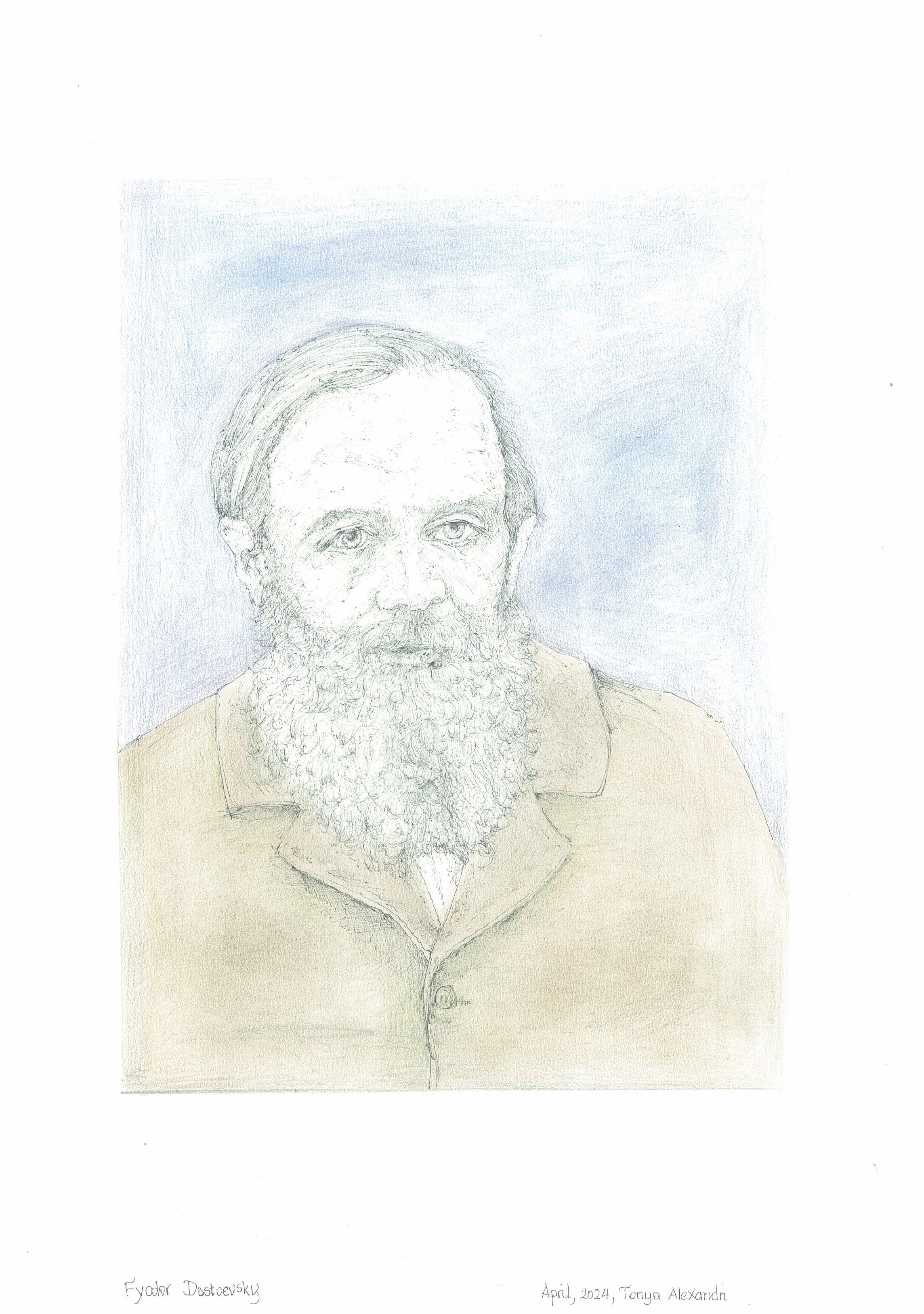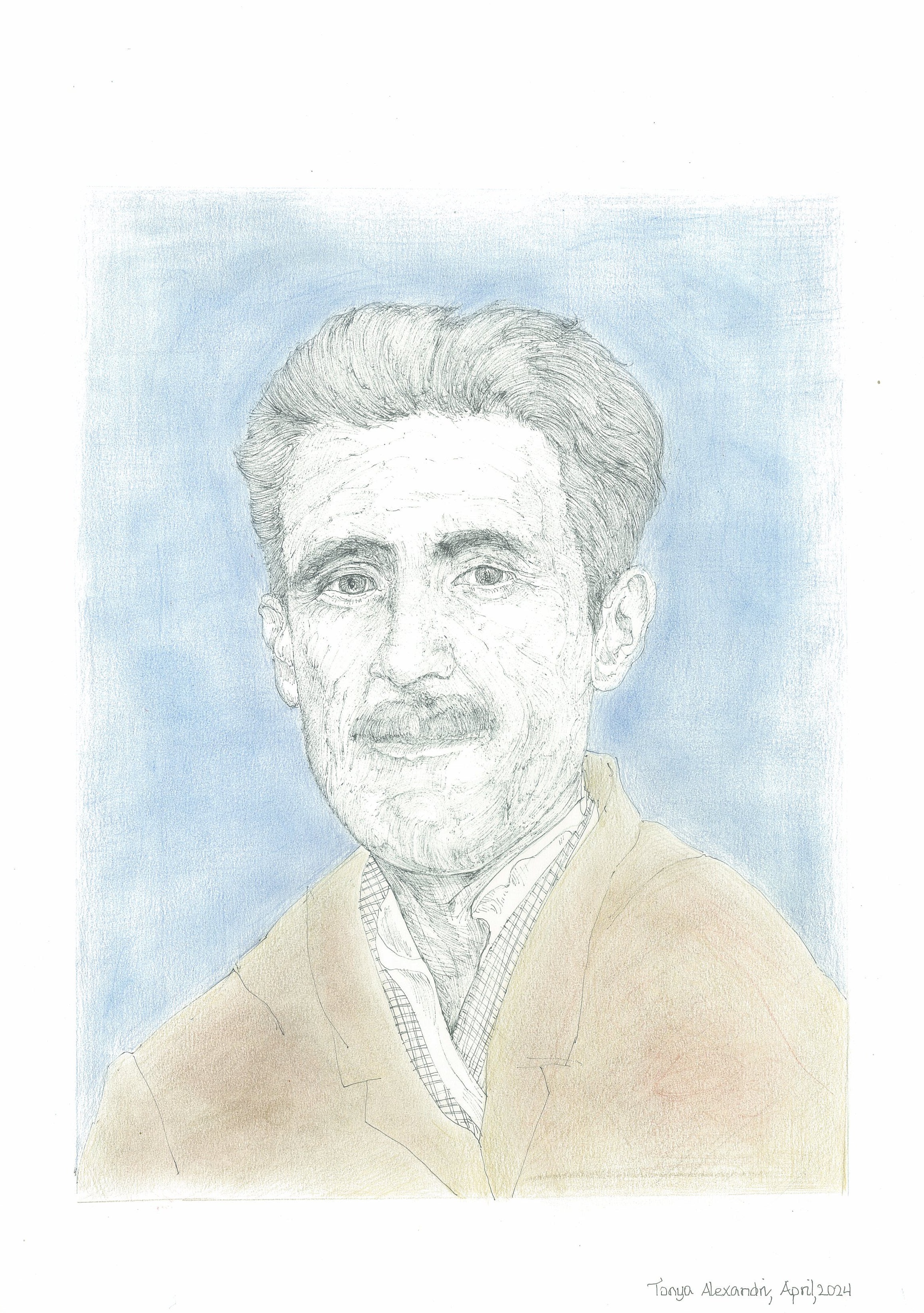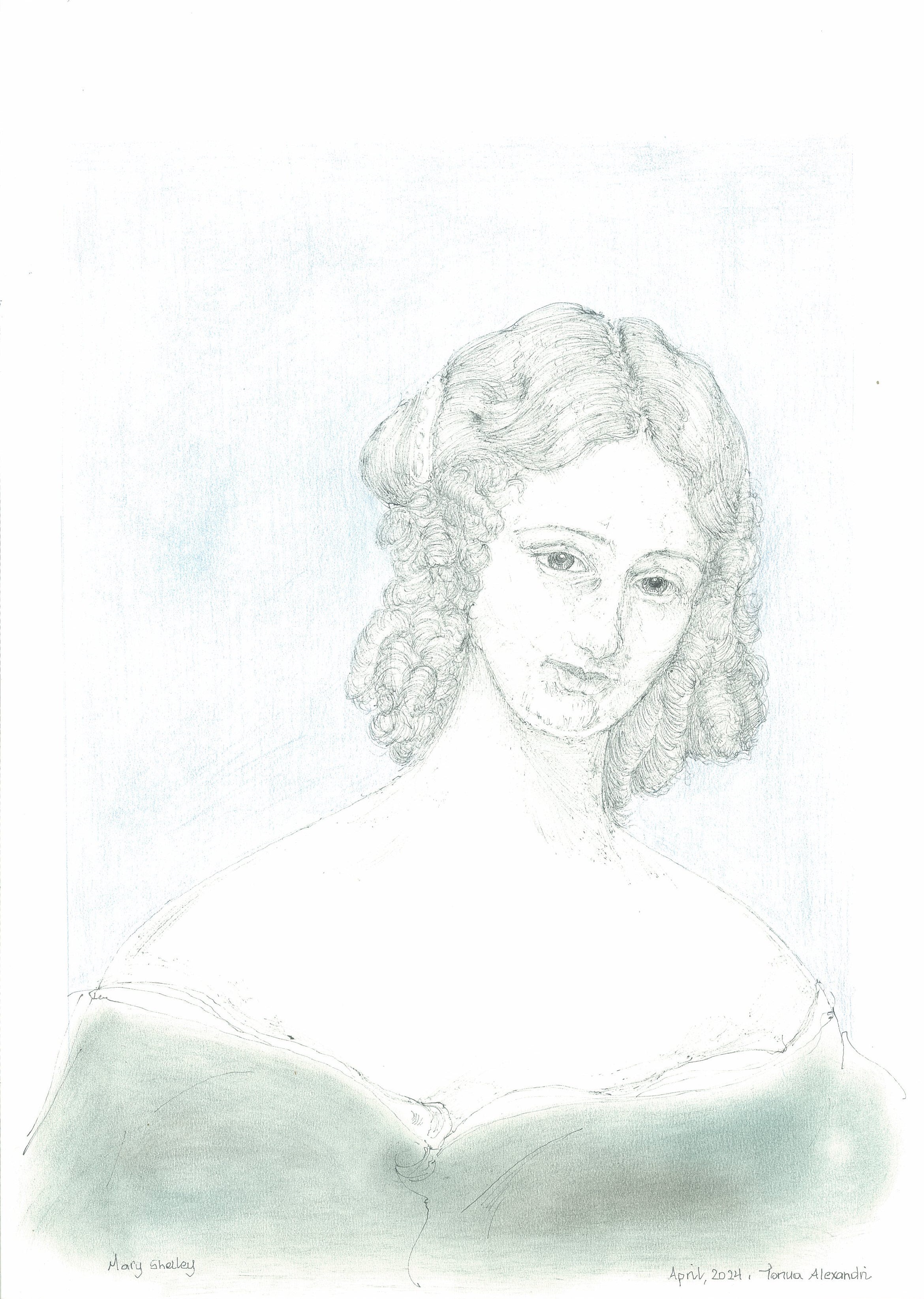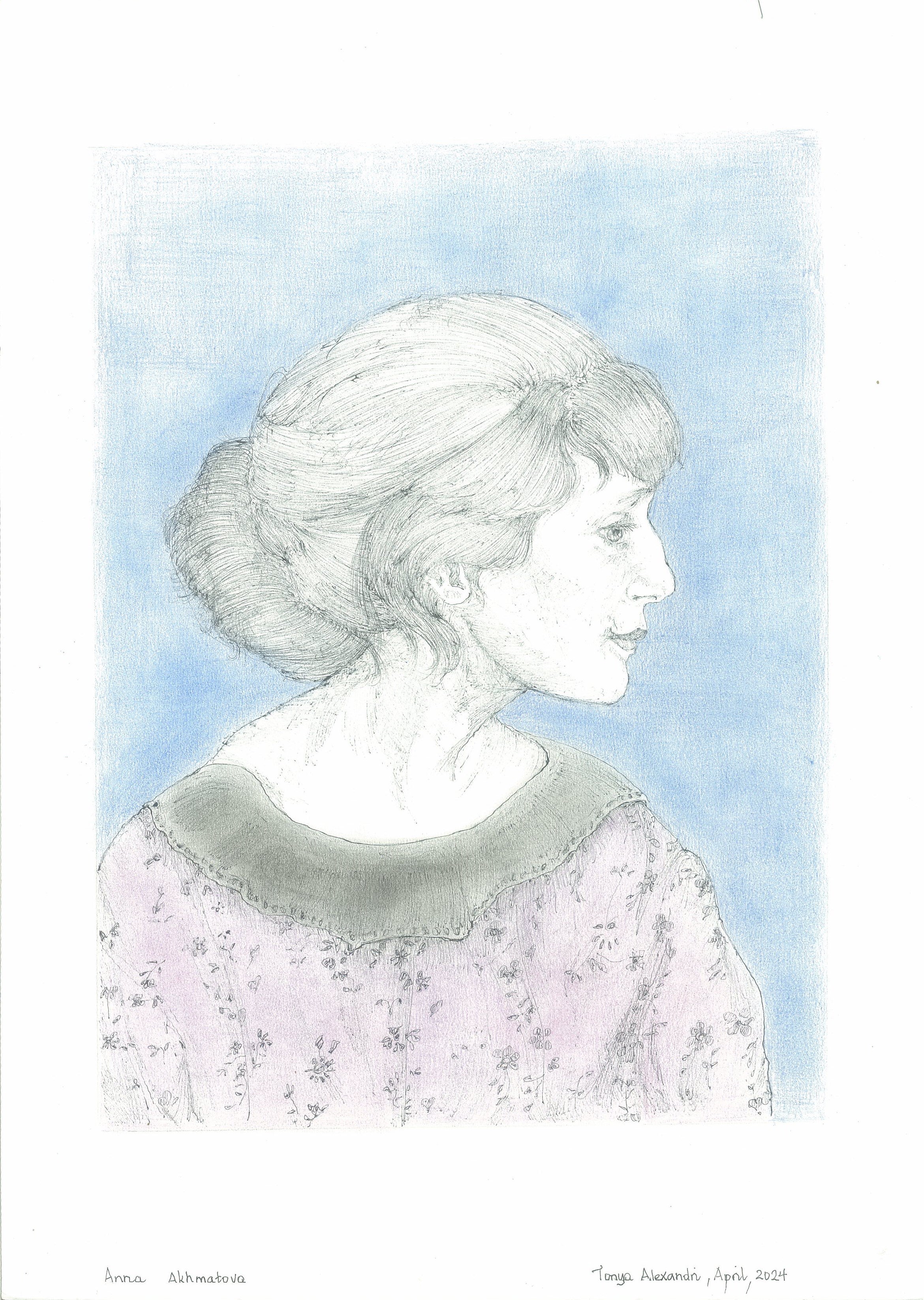Art and Writing: Books and Portraits of Writers Edited 6/5/2024
“Why tell stories if they will only bring forth a new round of punishment or disparagement? Or if they will be ignored as if they meant nothing? This is how preemptive silencing works. To have a voice means not just the animal capacity to utter sounds but the ability to participate fully in the conversations that shape your society, your relations to others, and your own life. There are three key things that matter in having a voice: audibility, credibility, and consequence.” Rebecca Solnit
“I connected the dots, saw an epidemic, talked and wrote about the patterns I saw, waited three decades for it to become a public conversation…” Rebecca Solnit
“It’s often assumed that anger drives such work, but most activism is driven by love…”Rebecca Solnit
As I mentioned in the last post, one basic underlying thread or theme of Rebecca Solnit’s book, Recollections of My Non–Existence / Αναμνήσεις της ανυπαρξίας μου, is about who gets to tell stories, who listens to them, who gets discredited and silenced, whose stories are erased and disappeared, and the stories that are missing that we are not even aware of. Solnit situates herself culturally, historically, geographically, and in doing so becomes part of all the women who have tried to find their way and a voice to tell stories that would otherwise have been muted. She writes: “… half the earth is paved over with women’s fear and pain, or rather with the denial of them, and until the stories that lie underneath see sunlight, this will not change.” Finally, even though her narratives are mostly embedded in a particular geographical space the insights and arguments in the book can resonate for many people, especially women, across many geographical and cultural contexts.
Of her younger years, Solnit writes: “In those days, I was trying to disappear and to appear, trying to be safe and to be someone, and those agendas were often at odds with each other. And I was watching myself to see if I could read in the mirror what I could be and whether I was good enough and whether all the things I’d been told about myself were true. To be a young woman is to face your own annihilation in innumerable ways or to flee it or the knowledge of it, or all these things at once…….. I was trying not to be the subject of someone else’s poetry and not to get killed; I was trying to find a poetics of my own, with no maps, no guides, not much to go on. They might have been out there, but I hadn’t located them yet.”
Often in our youth we may be aware of the need to resist, but without clear realization of what we are defying or fighting against or what we are conforming to out of fears – named and unnamed. Our earlier years and the battles we won and the fights we lost, leave scars and define a lot of what is to come and of what we are to become. Solnit says: “I was often unaware of what and why I was resisting, and so my defiance was murky, incoherent, erratic. Those years of not succumbing, or of succumbing like someone sinking into a morass and then flailing to escape, again and again, come back to me now as I see young women around me fighting the same battles. The fight wasn’t just to survive bodily, though that could be intense enough, but to survive as a person possessed of rights, including the right to participation and dignity and a voice. More than survive, then: to live.”
This business of becoming an adult is complex and the path is often strewn with inner and outer obstacles of all kinds. In addition, it is implied that adulthood is a coherent and uniform category that one will enter simply by reaching a certain age or accomplishing certain things, which is far from the truth. For one, becoming an adult is a lengthy process and it may be a lifelong one. It may also look different for different people in different cultures, and it requires a lot of energy, creativity, knowledge, work and support. Solnit writes: “The word adult implies that all the people who’ve attained legal majority make up a coherent category, but we are travelers who change and traverse a changing country as we go. The road is tattered and elastic…… It’s not just that you’re an adolescent at the end of your teens, but that adulthood, a category into which we put everyone who is not a child, is a constantly changing condition………You are making something, a life, a self, and it is an intensely creative task as well as one at which it is more than possible to fail, a little, a lot, miserably, fatally. Youth is a high-risk business.”
Solnit writes about places, houses and their interiors, how geography and dwellings become part of us and allow us to grow and become or stifle the process, and how we and places and dwellings grow into each other. How places and spaces shape, define and colour our perception has always interested me, and I have often returned to it and to relevant literature, in more recent posts, as well. Of an early apartment, which she inhabited for decades, which in some sense became tattooed on her psyche, she writes: “I lived there so long the little apartment and I grew into each other….. When it was still my home, I dreamed many times about finding another room in it, another door. In some way it was me and I was it, and so these discoveries were, of course, other parts of myself.”
Solnit also talks about the freedom of inhabiting places and moving in them. She writes about walking and inhabiting public spaces, detailing the obstacles that women face in walking out in the world, the subtle and not so subtle harassment, stalking or other unpleasant or threatening behaviours that young girls and women of all ages often face. She provides accounts of her own experience and those of others. Some seemed so familiar, almost identical with my own experiences even though I have inhabited different geographical spaces. Her love for walking and being out in open spaces also resonated with me. I pondered a bit on whether to refer to some of my own experiences of stalking or harassment of varying degrees of intensity: on means of transport; in the street, in public spaces and buildings, and other contexts. The more I pondered on this the more instances came to my mind, the more of the book I read, the more incidents I was reminded of.
She writes:
“Walking was my freedom, my joy, my affordable transportation, my method of learning to understand places, my way of being in the world, my way of thinking through my life and my writing, my way of orienting myself. That it might be too unsafe to do was something I wasn’t willing to accept, though everyone else seemed more than willing to accept it on my behalf. Be a prisoner, they urged cheerfully; accept your immobility, wall yourself up like an anchorite” and later in the book…”and “….it seemed sometimes as though it was all meant to wall me up alone at home like a person prematurely in her coffin.”
And elsewhere, she writes: “One day when I was walking past a small park just east of the neighborhood, a passerby I’d never seen before spat full in my face without stopping. Even with other people around, I was alone: I was harassed more than once on the bus home while everyone pretended nothing was happening, perhaps because a man in a rage intimidated them too, perhaps because in those days people more often considered it none of their business or blamed the woman.” Once, after an incident I experienced on a bus, a school friend who had witnessed it, told me that things like that never happened to her, which was an effective means of silencing and of accepting that was the way things were. One soon learnt not to talk about certain things. Solnit comments: “We often say silenced, which presumes someone attempted to speak. In my case, it wasn’t a silencing because no speech was stopped; it never started, or it had been stopped so far back I don’t remember how it happened.”
Another time in my late teens a man, maybe in his thirties, followed me all the way home. At some point I asked him politely to leave me alone. He laughed it off and walked close behind me until my front door, and then held the front door open. He walked in behind me and into the elevator with me. I remember vividly that at some point my fear turned into astonishment at his unbelievable nerve. Solnit writes: ”It was culture, it was particular people and a system that gave them latitude, looked the other way…… Changing that culture and those conditions seemed to be the only adequate response. It still does.”
And the irony was that one felt that the only way to be safe or to avoid escalation is to keep quiet, to try to disappear, even physically, Solnit comments, on thinness and frailty and not taking up space. She writes: “It’s no wonder I was thin, no wonder women were so praised for being thin, for taking up as little room as possible, for hovering on the brink of vanishing, no wonder some of us vanished through under-eating like a country ceding territory, an army retreating, until it ceased to exist.”
Solnit refers to the cultural reasons and societal factors that contribute to this reality, factors like race, class, financial status, gender, sexual orientation, disability, ethnicity, chronic violence and trauma, but also, conviction or faith in one’s self ….“Faith in yourself and your rights. Faith in your own versions and truth and in your own responses and needs. Faith that where you stand is your place. Faith that you matter.” She also refers to the undermining process of denying people their truth, denying the facts of their experiences. She writes: “One thing that makes people crazy is being told that the experiences they have did not actually happen, that the circumstances that hem them in are imaginary, that the problems are all in their head, and that if they are distressed it is a sign of their failure, when success would be to shut up or to cease to know what they know. “
The book contains many themes and threads of a bigger tapestry, and of course one is her love of books and reading. I think her ideas and insights may resonate and feel true to those who are attracted to books and reading or writing, at least to some extent or other. I used to have recurring versions of the same dream, in which all the books I had ever read were the building blocks of a house, sometimes the house was closing in on me and sometimes it was opening up to a beautiful vista. Solnit describes a book as both a brick and a bird: She writes: “Closed, a book is a rectangle, thin as a letter or thick and solid like a box or a brick. Open, it is two arcs of paper that, seen from the top or bottom when the book is wide open, like the wide V of birds in flight. I think about that and then about women who turn into birds and then about Philomela, who in the Greek myth is turned into a nightingale……” In describing the interior of her flat and her mind, in relation to the accumulating books, Solnit adds: “My birds flocked, and eventually a long row of shelves narrowed the hallway and half filled the main room and piled into unstable pillars on my desk and other surfaces. You furnish your mind with readings in somewhat the way you furnish a house with books, or rather the physical books enter your memory and become part of the equipment of your imagination.”
In relation to reading she talks about the suspension of one’s own time and place to travel into the writer’s, and through this engaging with the writer’s mind something arises between one’s own mind and the writer’s. Solnit says: “You translate words into your own images, faces, places, light and shade and sound and emotion. A world arises in your head that you have built at the author’s behest, and when you’re present in that world you’re absent from your own. You’re a phantom in both worlds and a god of sorts in the world that is not exactly the one the author wrote but some hybrid of her imagination and yours. The words are instructions, the book a kit, the full existence of the book something immaterial, internal, an event rather than an object, and then an influence and a memory. It’s the reader who brings the book to life.”
The drawings accompanying today’s piece are portraits I’ve been making of writers whose books I have inhabited in the distant past, and more recently as I’ve been listening to some of their work while making their portraits.






As I’m currently reading another book by Solnit, The Faraway Nearby, I may be returning to her work in future posts. In this book she writes about loss and grief and about reading and books as portals and doors that open up to other worlds like in children’s books. Meanwhile, throughout the book presented here today she poses questions she has pondered on and written about and questions for the reader to consider and reflect upon:
In relation to aggression, violence and fear, she asks:
How much of this enters your consciousness before your consciousness is changed? What does it do to all the women who have a drop or a teaspoon or a river of blood in their thoughts? What if it’s one drop every day? What if you’re just waiting for clear water to turn red? What does it do to see people like you tortured? What vitality and tranquility or capacity to think about other things, let alone do them, is lost, and what would it feel like to have them back?
What’s yours? Where are you welcome, allowed? How much room is there for you; where do you get cut off, on the street or in the profession or the conversation?
Where do you stand? Where do you belong? Those are often questions about political stances or values, but sometimes the question is personal: Do you feel like you have ground to stand on? Is your existence justified in your own eyes, enough that you don’t have to retreat or attack? Do you have a right to be there, to participate, to take up space in the world, the room, the conversation, the historical record, the decision-making bodies, to have needs, wants, rights? Do you feel obliged to justify or apologize or excuse yourself to others? Do you fear the ground being pulled out from under you, the door slammed in your face? Do you not stake a claim to begin with, because you’ve already been defeated or expect to be if you show up? Can you state what you want or need without its being regarded, by yourself or those you address, as aggression or imposition? What does it mean neither to advance, like a soldier waging a war, nor to retreat? What does it mean to own some space and feel that it’s yours all the way down to your deepest reflexes and emotions? What does it mean to not live in wartime, to not have to be ready for war?
